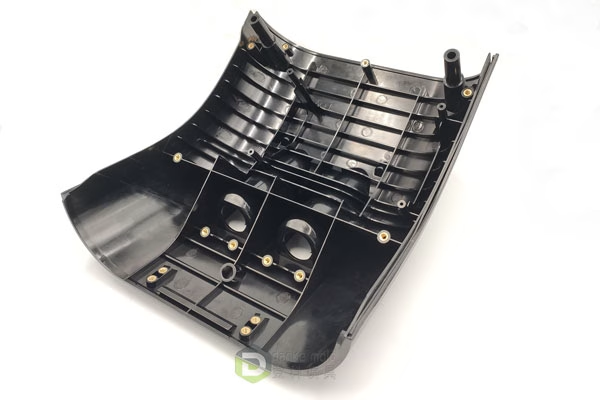Injection molding has long been synonymous with the mass production of plastic parts. However, recent advancements have pushed the boundaries of this versatile manufacturing process, enabling a wider range of materials, from bioplastics and metals to composites and ceramics. This expansion of material possibilities opens doors to new applications and innovative product designs, revolutionizing industries from automotive to healthcare.
Metal Injection Molding (MIM)
MIM is a process that combines the design flexibility of plastic injection molding with the strength and durability of metals. It involves mixing fine metal powders with a binder to create a feedstock that can be injected into a mold. The molded part is then subjected to a debinding process to remove the binder, followed by sintering to fuse the metal particles. MIM offers high precision, complex geometries, and excellent mechanical properties, making it ideal for producing small, intricate metal components used in electronics, medical devices, and automotive applications.
Injection Molding of Composites
Composites, consisting of two or more materials with distinct properties, offer a unique combination of strength, stiffness, and lightweight. Injection molding of composites involves injecting a mixture of a polymer matrix and reinforcing fibers, such as glass or carbon, into a mold. The resulting parts exhibit superior mechanical properties to traditional plastics, making them suitable for demanding aerospace, automotive, and sporting goods applications.

Car charger cases
Bioplastics in Injection Molding
With increasing environmental concerns, bioplastics derived from renewable resources, such as corn starch or sugarcane, are gaining traction. These materials offer a sustainable alternative to conventional plastics while maintaining compatibility with injection molding processes. Bioplastics find applications in packaging, consumer goods, and medical devices, contributing to a greener future.
Ceramic Injection Molding (CIM)
CIM enables the production of complex ceramic parts with high precision and intricate details. It involves mixing ceramic powders with a binder to form a feedstock that can be injected into a mold. The molded part undergoes debinding and sintering to remove the binder and densify the ceramic material. CIM finds applications in electronics, aerospace, and medical industries, where ceramic components are valued for their high-temperature resistance, chemical inertness, and electrical insulation properties.
The Future of Injection Molding
As research and development continue, we can anticipate further advancements in material possibilities for injection molding. The development of new materials, improved process control, and innovative mold designs will expand the horizons of this manufacturing process. Injection molding will play a crucial role in enabling the production of next-generation products with enhanced performance, sustainability, and customization.
While the future of injection molding is promising, it’s important to have a reliable manufacturing partner to bring your innovative ideas to life. Dankemold, a leading manufacturing company specializing in vacuum casting, can help you navigate the complexities of material selection, mold design, and production.
The world of injection molding is evolving beyond plastics, opening up exciting possibilities for product innovation and sustainability. Embrace these new frontiers in material possibilities and unlock the full potential of injection molding for your next project.
